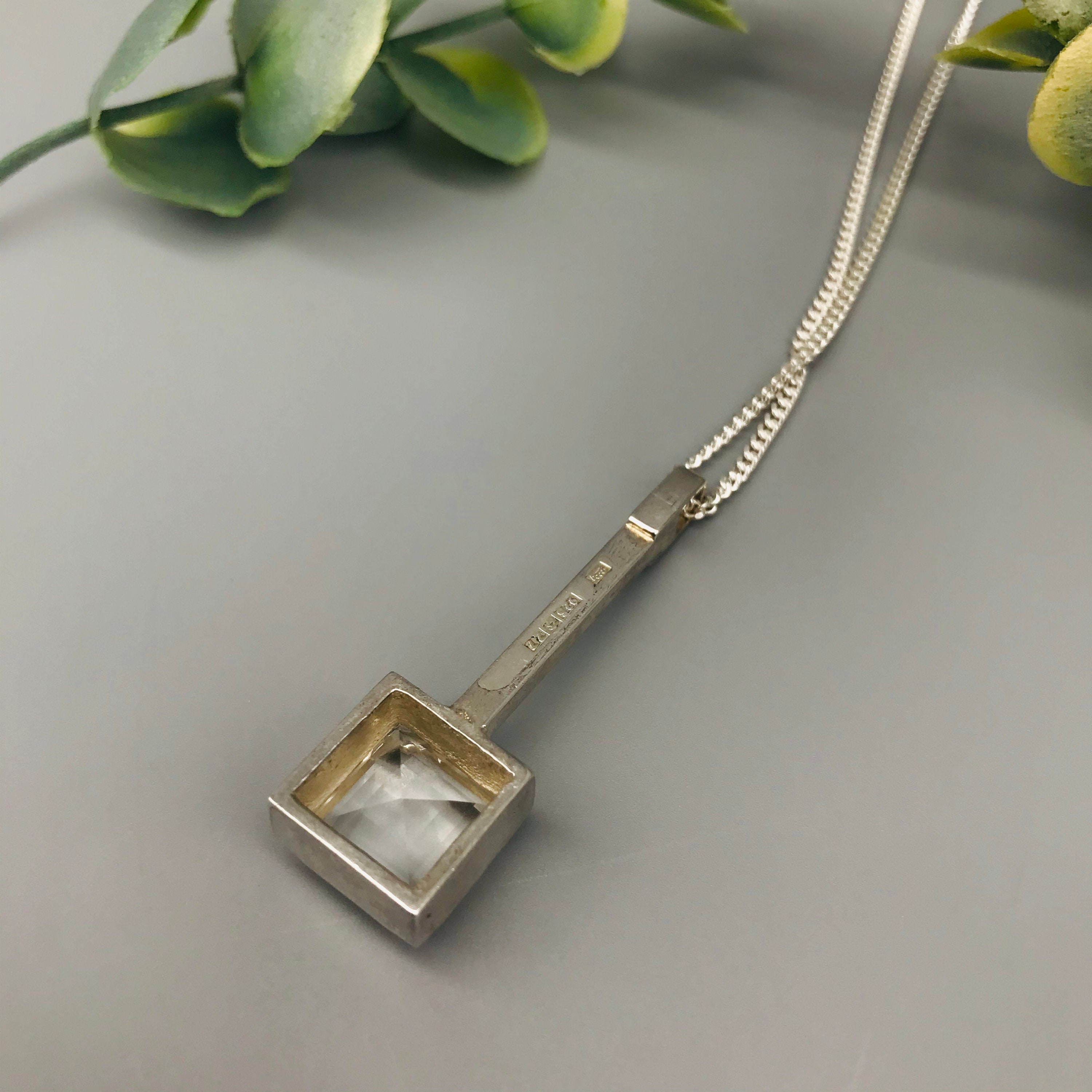
From the will it can be seen that there was a surviving son, John. His wife Anne was still alive when the will was proved and, she, together with their daughter, Ann, were left incomes which would allow them to be comfortably off. William Budgen’s will, which was written in 1814, described him as a “clock smith”. Next to that grave in what we now know as Croydon Minster was buried another daughter, Ann, who had married John Moore, and who was interred with her son after they both died in 1820, she aged 40 and her son 11. The parish records show that William was buried with his wife Anne, with three of their children who died before adulthood. William Budgen died, aged 81, in 1816 and was buried in Croydon Parish Church graveyard. His name can be found in various sources, including buying land near Waddon Marsh in 1794 from Robert Osborn. He had first appeared on such a list back in 1781 when he was described as a watchmaker. William’s name appears in 1793 on a jury-qualified copy holder and freeholder list for Croydon as “a gent”, but with no profession next it.

It is, though, with John’s father, William Budgen, that this tale begins. The 1866 Trade Directory for Croydon contained an advert for Thomas Weller in which he is described as the successor to John Budgen.Ĭlock this: made by the Budgens of Croydon, this Georgian-era clock is a good example of the highly-skilled work of the family firm Rudd’s ideas were later used by William Shortt in a timepiece which was the basis of accurate timekeeping until the arrival of quartz clocks.Īnother Croydon family’s name connected to this trade was Budgen. An escapement is a mechanical linkage in mechanical watches and clocks that gives impulses to the timekeeping element and periodically releases the gear train to move forward, advancing the clock’s hands. The pendulum swings for a whole minute without the control of the escapement.
#QUARTZCRYSTAL IN THE 18TH CENTURY FREE#
RJ Rudd, also from Croydon, who died in 1930, designed and built the first free pendulum clock. John Doldorph made watches and clocks at the end of the 20th century from his workshop at 51 Church Street. Pasquale Catteneo had a watchmaker’s business at 107 High Street listed in the 1851 directory. His impressive ledger covering the last few years of his business life is now held in the Museum of Croydon. Son Thomas Weller, who died in 1867, had No2 High Street as his work premises. The Thomas Wellers – with both father and son sharing the same name – were watch and clockmakers.

Right on time: this early watch, now in a museum in America, was made by Daniel Quare


 0 kommentar(er)
0 kommentar(er)
